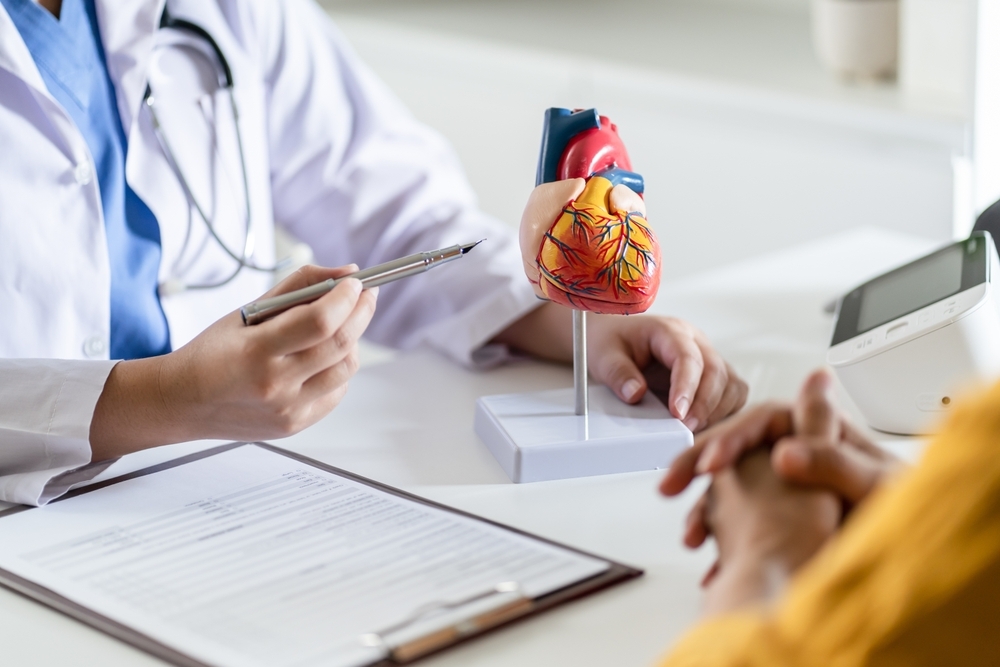Next to the stethoscope, there are few tools that are more fundamentally useful to patient care than the ECG. This simple, quick, and noninvasive test provides critical diagnostic answers about a patient's heart structure and function. Yet there are a variety of health disparities that limit access to this potentially life-saving scan.
To address these problems, the healthcare industry is currently working toward greater global health equity that will potentially improve the well-being of all patients. ECG will play a vital role in meeting this goal. But to achieve it, providers and industry leaders must first tackle several barriers that limit access.
Geographic disparities in ECG access
Most urban areas across the globe offer sufficient access to the most advanced diagnostic technologies, including ECG. But the story is different for patients living in rural locations. Worldwide, more than 3.4 billion people live in remote areas that do not have easy access to sophisticated health services, and the number of older adults who need more diagnostic services is rapidly increasing.1 By 2030, 1 in 6 adults—1.4 billion people—will be over the age of 60, which is an increase of roughly 400 million people from 2020.2
During the same timeframe, the population of healthcare workers is also expected to decline. Within the decade, the World Health Organization predicts there will be a 13% deficit in the number of qualified health professionals to meet patient needs.2
Economic barriers to ECG access
Wearable technologies such as Bluetooth-enabled smartwatches can include FDA-approved ECG functions, allowing patients to run this cardiac scan outside the hospital. However, being available for purchase does not necessarily equate to easy access.
Patient finances are a consideration. These devices range in price from $89 to nearly $500, and they may or may not be reimbursable through the patient's flexible spending accounts or health insurance.3 Patients without disposable income are thus unable to take advantage of these tools and the data they capture relaying heart function and symptoms that could ultimately support medical care.
Educational and training gaps
All physicians receive introductory ECG training at some point during their education. They have the knowledge to correctly identify atrial fibrillation or a myocardial infarction. However, there are educational and training gaps that lead to health disparities.
Even though providers attain a basic level of education, they may not always receive the nuanced training needed to successfully place electrodes, identify additional abnormalities, or detect changes over time. In fact, 45% of providers recently reported they've been given inadequate training to use medical technologies, including ECG, to their maximum potential.2
Additional challenges hamper sufficient training. For example, medical schools and advanced medical training are tasked with teaching providers about a variety of diagnostic tools, including CT and MRI. Due to the complexity of these modalities, there's less time devoted to ECG.
Democratizing access and interpretation
Technological innovation can play an enormous role in democratizing access to ECG services. Innovative technologies, like wearable devices that allow for patient self-testing and self-reporting, can greatly increase access and reduce health disparities associated with cardiac care. Patients can now keep track of their symptoms and heart performance continuously, collecting vast amounts of data that help inform the care their cardiologist provides.
Additional technological advancements can also accelerate access to ECG care. Remote ECG devices connected to central ECG management systems facilitating cardiologist review and developments in computerized and automated interpretation makes it possible for non-cardiology providers to conduct and interpret ECG scans. These technologies also limit medical errors and streamline clinical workflow, making patient care more efficient.
What cardiologists can do
To increase access and reduce health disparities, cardiologists must be proactive about how health systems leverage ECG and similar technologies.
One of the biggest steps they can take is pushing for connected, coordinated care to be a budgetary priority for their health system. For example, cardiologists can advocate for their hospital or health system to invest in apps that make it easier for primary care providers to refer their patients for heart care.4 Disconnected care accounts for up to $101 billion of unnecessary healthcare spending annually. Specifically, a missed heart attack diagnosis can lead to a $12,000 hospitalization and potential malpractice concerns. By being a champion for advanced, connected technologies, cardiologists can help their facilities avoid these problems.
Additionally, adopting innovative, portable solutions can increase access and reduce health disparities. Hospitals can improve their cardiology care by lending patients technology such as an ECG-enabled shirt, to collect valuable monitoring data.5
Cardiologists can also make a point of asking patients with wearable devices to share their health data. By using a cloud-based system, providers can remotely evaluate a patient's ECG details to make faster, more cost-effective diagnoses. As a result, patients can potentially avoid deterioration in health or hospitalization.
ECG is a valuable tool that can play a significant role in maximizing the cardiac care patients receive. By adopting advanced versions of these devices and advocating for their expanded use, cardiologists can play a pivotal role in reducing health disparities and ensuring patients receive the highest quality care available.
Resources:
1. Bain, Luchuo Engelbert and Adeagbo, Oluwafemi Atanda. There is an urgent need for a global rural health research agenda. Pan African Medical Journal. 2022;43:147. doi: 10.11604/pamj.2022.43.147.38189.
2. Reimagining better health 2023 - GE healthcare. Accessed December 21, 2023. https://www.gehealthcare.com/-/jssmedia/gehc/us/images/insights/reimaging-better-health/ge-healthcarereimagining-better-healthstudymay302023jb01690xu.pdf?rev=-1.
3. Roelle, Lisa, Aarti S. Dalal, Nathan Miller, et al. "The Impact of Direct-to-Consumer Wearables in Pediatric Electrophysiology Telehealth Clinics: A Real-World Case Series." Cardiovascular Digital Health Journal 1, no. 3 (2020): 169–71. https://doi.org/10.1016/j.cvdhj.2020.09.005.
4. Coordinated Care Improves Odds for Patients with Advanced Heart Failure. Johns Hopkins Medicine. Accessed January 9, 2024. https://www.hopkinsmedicine.org/news/articles/2019/04/coordinated-care-improves-odds-for-patients-with-advanced-heart-failure.
5. Smart textiles embed monitoring. Mayo Clinic. Accessed January 9, 2024. https://www.mayoclinic.org/medical-professionals/cardiovascular-diseases/news/smart-textiles-embed-monitoring/mac-20457018.



